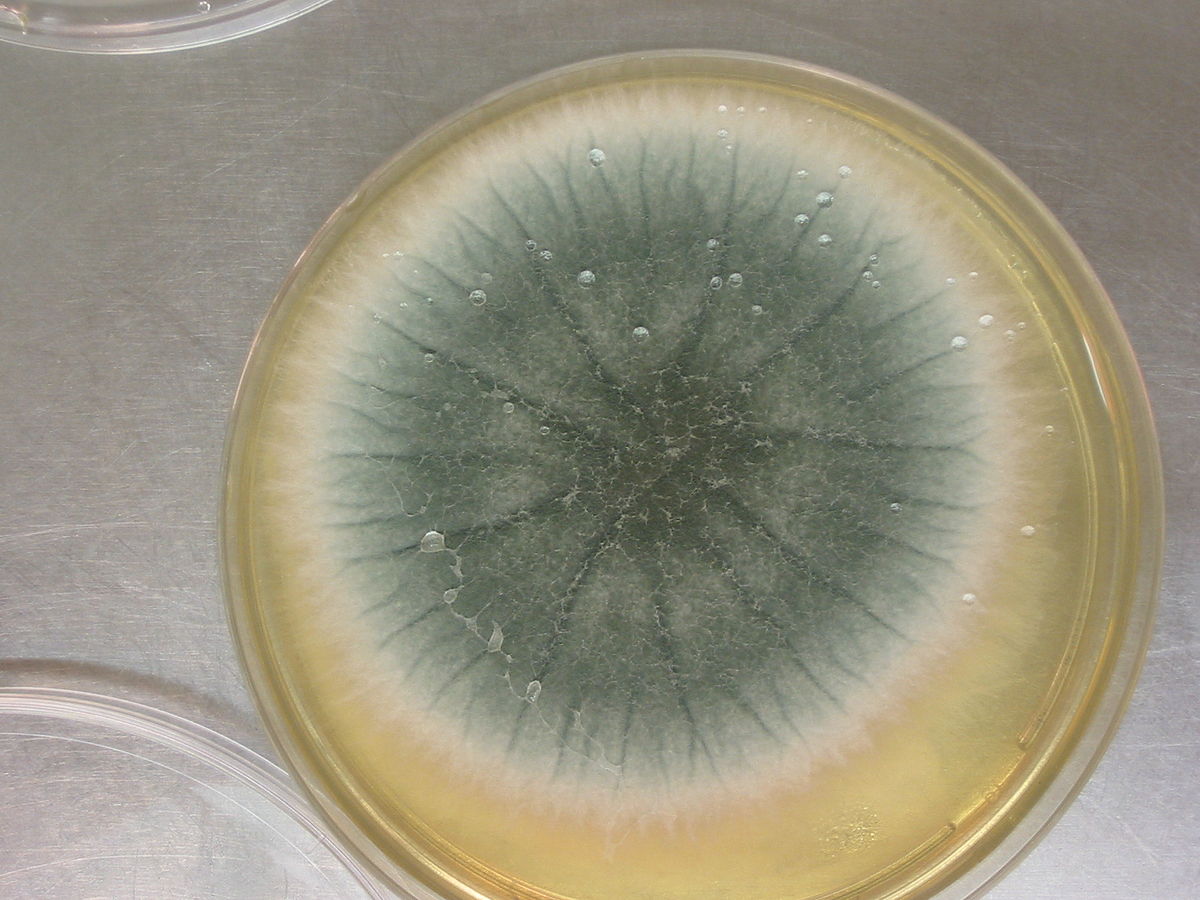Fungal Infections & Virology Group (FIV-G) Research Group
Fungal infections are common in human and plant and fungal viruses (mycoviruses) ubiquitously infect all major taxa of fungi. Knowledge of mycoviruses relatively new and that most scientists are hardly aware of its existence. The role of mycoviruses in their respective hosts is largely unknown. There is need for extensive research in the field of Mycology and Virology to elucidate the role of emerging mycoviruses in different fungi. Our research team is also looking at the influence of mycoviruses on the different enzymes secreted by fungi.
FIV-G is currently focused on the following research themes:
· Morphological and molecular Identification of environmental fungi
· Isolation of novel enzymes from environmental fungi.
· Identification of novel mycoviruses infecting pathogenic fungi
· Molecular characterization of novel mycoviruses and understanding its phylogeny
· Studying the impact of mycoviruses on the fitness of their hosts
· Mycovirus induced gene silencing
· Extending the host range of mycoviruses using novel techniques
· Exploitation of mycoviruses for biological control
Laboratory Members:
- Harris Ahmed Khan (PhD student)
- Amber Malik (PhD student)
- Aqeel Ahmed (PhD student)
- Tehsin Fatma (PhD student)
- Myda Abrar Lodhi (MS Student)
- Zahra Ali (MS student)
- Nitasha Fatima (MS student)
- Ujala Bashir (UG student )
- Arooba Arshad (UG student )
- Nubaira Waseem (UG student )
- Tayyaba Batool (UG student )
Current Projects:
· Molecular characterization of mycoviruses infecting Botrytis species
· Isolation and characterization of novel enzymes obtained from fungal sources
· Isolation of lipases as green catalysts for sustainable biodiesel Production
Research Funding:
Identification and characterization of mycoviruses invading Botrytis species to exploit their potential as a biocontrol agent (Higher Education Commission NRPU 5.9 Million PKR)
Publications:
1- Sato, Y., Shamsi, W., Jamal, A., Bhatti, M.F., Kondo, H. and Suzuki, N., 2020. Hadaka Virus 1: a Capsidless Eleven-Segmented Positive-Sense Single-Stranded RNA Virus from a Phytopathogenic Fungus, Fusarium oxysporum. Mbio, 11(3).
2- Shamsi, W., Sato, Y., Jamal, A., Shahi, S., Kondo, H., Suzuki, N. and Bhatti, M.F., 2019. Molecular and biological characterization of a novel botybirnavirus identified from a Pakistani isolate of Alternaria alternata. Virus research, 263, pp.119-128.
3- Tabriz, A., Alvi, M.A.U.R., Niazi, M.B.K., Batool, M., Bhatti, M.F., Khan, A.L., Khan, A.U., Jamil, T. and Ahmad, N.M., 2018. Quaternized Trimethyl Functionalized Chitosan Based Antifungal Membranes for Drinking Water Treatment. Carbohydrate Polymers. 207; 17-25.
4- Asif, A., Zeeshan, M., Hashmi, I., Zahid, U. and Bhatti. M. F., 2018. Microbial quality assessment of indoor air in a large hospital building during winter and spring seasons. Build Environ., 135; 68-73.
5- Shamsi, W., Jamal, A., Virk, N., Bhatti, M. F., 2018. The Mycovirus Database; An E Bank for Mycoviral Genomes. 2nd ICRMR; 2018,7-11


